START YOUR NOVEL
Six Winning Steps Toward a Compelling Opening Line, Scene and Chapter- 29 Plot Templates
- 2 Essential Writing Skills
- 100 Examples of Opening Lines
- 7 Weak Openings to Avoid
- 4 Strong Openings to Use
- 3 Assignments to Get Unstuck
- 7 Problems to Resolve
My latest Fiction Notes book is now available!
Six Winning Steps Toward a Compelling Opening Line, Scene and Chapter
You want to write a novel, but you don’t know where to start. You have a great idea and—well, that’s all. This book explains the writing process of starting a novel in six winning steps.
CHAPTERS
- Starting the Journey
- Why Editors Focus on Page 1
- STEP ONE: Clarify Your Idea
- STEP TWO: Review Your Skills
- STEP THREE: Plan the Opening Chapter
- STEP FOUR: Plan the Opening Line
- STEP FIVE: Now, Write!
- STEP SIX: Revise
Writing teacher and author, Darcy Pattison, is the author of NOVEL METAMORPHOSIS: Uncommon Ways to Revise, How to Write a Children’s Picture Book, and The Book Trailer Manual. She brings extensive experience in teaching writing to this exciting new book and helps you get started with the creative writing process.
Read a Sample Chapter
Jane Friedman posted Chapter 2 on June 10, 2013 and you can read on her blog. Or go here to download a sample chapter on your Kindle.
Confidence to Begin Your Novel
- 29 Plot Templates
- 2 Essential Writing Skills
- 100 Examples of Opening Lines
- 7 Weak Openings to Avoid
- 4 Strong Openings to Use
- 3 Assignments to Get Unstuck
- 7 Problems to Resolve
The Math adds up to one thing: a publishable manuscript.
ABOUT THE AUTHOR
In 1999, Darcy Pattison started working with fiction authors on revising their novels. In order to come to a Novel Revision Retreat, participants need a complete draft of a novel and we spent an intensive weekend revising. The results? Many published novels, including Hattie Big Sky by Kirby Larson, winner of the Newbery Honor award.
Now, I am turning to beginning writers and bringing order to the writing process. If you start well, you have a better chance of writing a publishable manuscript—and needing fewer revisions. Start Your Novel is a natural extension of my teaching of fiction and will get you past the terror of the blank page.
Now available:
- Paperback on Amazon
- Paperback on Barnes and Noble
- Kindle or Read on a Kindle App for any device.
- Kobo Ebook: the preferred platform of Indie Bookstores. Buy locally! Read on a Kobo App for any device.
- Nook
Please do me a favor!
As you know, reviews are extremely important! Please, post your honest opinion about the book on Amazon, GoodReads, B&N or other online sites. It isn’t necessary to enjoy and profit from the writing help you’ll find in the book. But I would appreciate it. Thanks! Darcy




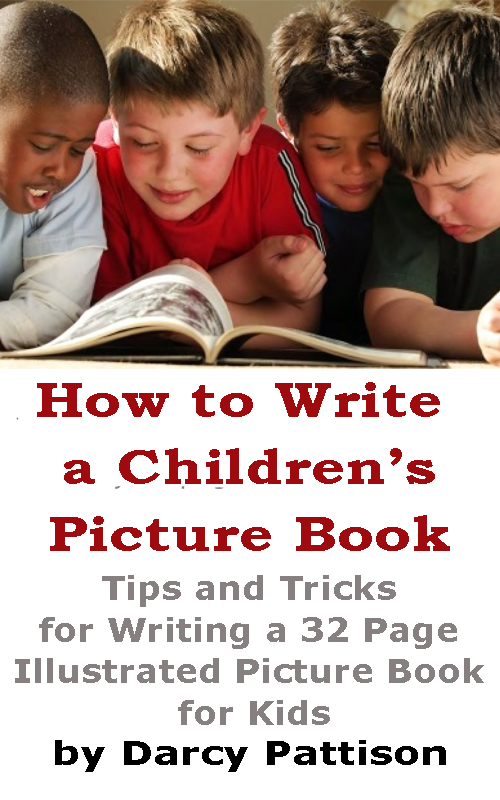

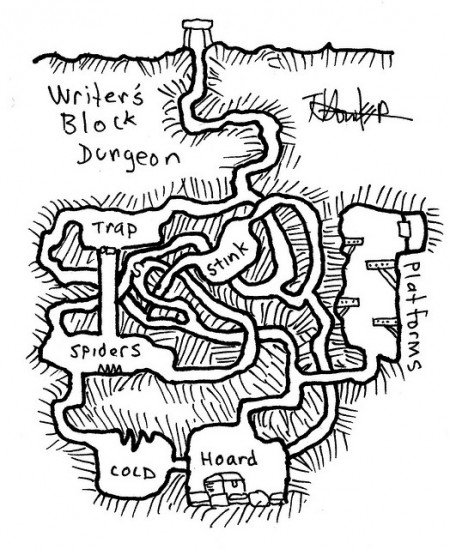





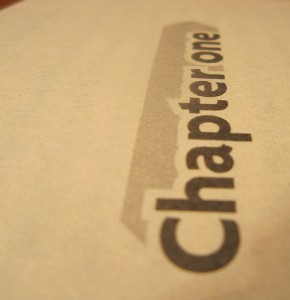

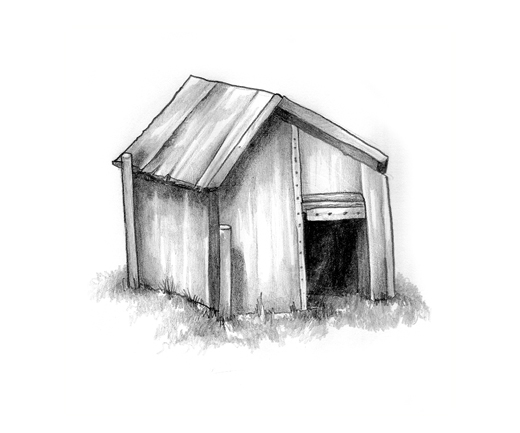



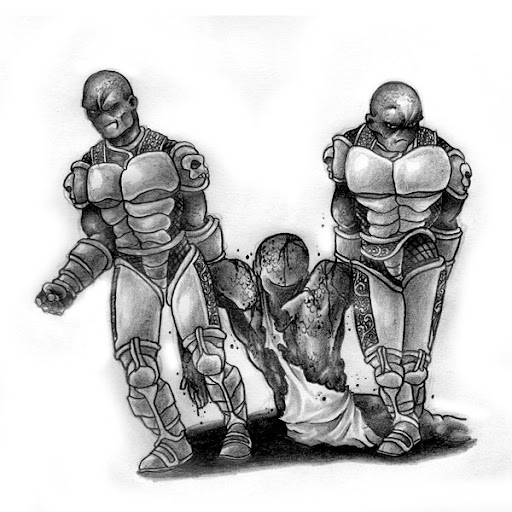

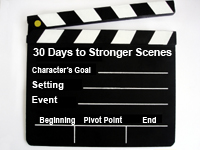





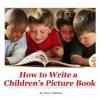 How to Write a Picture Book
How to Write a Picture Book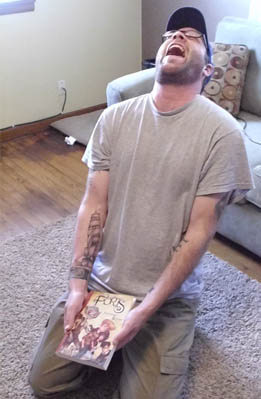
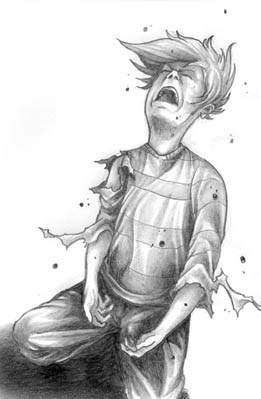
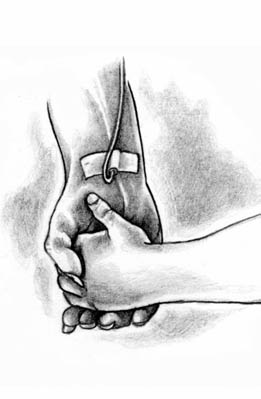


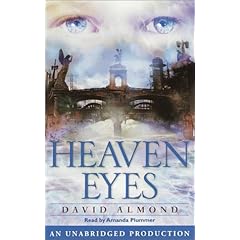









My Lawyer, Max Fink, will be calling you shortly about copyrights and royalties shortly
Cool sketch, Steve! Although I'm sorry to hear you're getting sued.